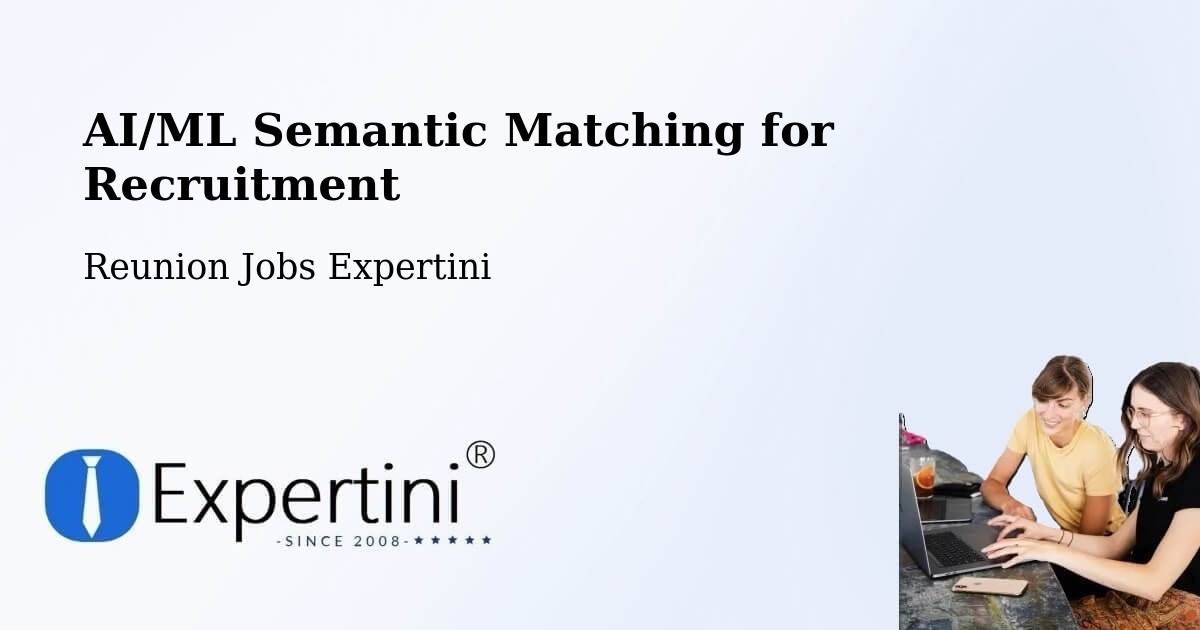AI/ML Semantic Matching for Recruitment

Contextual Matching Technology
Beyond keywords to meaning-based candidate alignment
AI Semantic Matching for Recruitment
Expertini’s semantic matching engine redefines how candidates and jobs are paired. Unlike traditional systems that rely on simple keyword overlaps, Expertini uses advanced AI, deep neural networks, and contextual understanding to analyze the true meaning of skills, experiences, and job requirements. The result: more accurate, inclusive, and fair connections between employers and professional job seekers worldwide.
Expertini's semantic matching uses contextual understanding of text to understand meaning behind words. The system converts resumes and job descriptions into numerical vectors, then calculates cosine similarity to measure contextual alignment. This approach recognizes that "natural language processing" = "NLP" and "programmer" ≈ "software developer."
At the heart of Expertini’s matching technology are cutting-edge Natural Language Processing (NLP). The system interprets language contextually, recognizing synonyms, industry terms, and transferable skills, even when candidates and employers use different words or formats.
Semantic similarity is computed using cosine similarity and deep learning, enabling the platform to rank candidates not by mere keyword count, but by true contextual fit.
This approach minimizes missed matches and unconscious bias, improving both hiring speed and quality. Semantic matching is not static; the system continuously learns from hiring outcomes and feedback, adapting its models for each sector, region, and evolving labor market trend. Expertini’s matching technology is trusted by global organizations to power smart recommendations, personalized job alerts, and efficient shortlisting in high-volume recruitment.
Key Features of Expertini Semantic Matching
- ✔️ Cosine similarity for robust, domain-adapted fit scoring
- ✔️ Recognition of synonyms, abbreviations, and cross-domain skills
- ✔️ Dynamic learning from global hiring data and recruiter feedback
- ✔️ Seamless integration with resume parsing, job matching, and AI ranking
Semantic Advantage Features
- ✔️ Synonym & abbreviation handling
- ✔️ Contextual skill proficiency analysis
- ✔️ Cross-language concept matching
- ✔️ Transferable skill identification
-
How does semantic matching improve accuracy over keyword systems?
Expertini’s AI interprets the meaning and context of every resume and job description. This ensures candidates are matched to roles even when they use different terminology, and reduces the risk of false positives and negatives common with keyword-only filters. It captures true skill and experience, not just word matches.
-
Can semantic matching adapt to new roles, skills, or changing markets?
Yes. Expertini’s core-technology are designed to learn continuously from real-world hiring data, recruiter preferences, and labor market shifts. This allows the matching engine to remain accurate and relevant—even as job titles, required skills, and industries evolve.
FAQs: Semantic Matching and Its Impact


